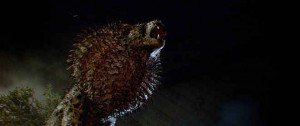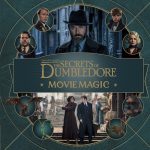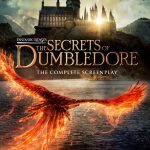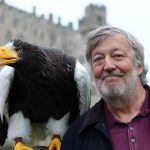Bringing ‘Fantastic Beasts’ to Life
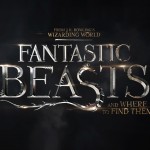
Dec 28, 2016
Fantastic Beasts, Fantastic Beasts Movie, Films, Movies, News
Before the creatures of Fantastic Beasts and Where to Find Them were ready for the silver screen, teams of digital artists had to work their own behind-the-scenes magic. They were faced with the creative challenge of bringing literal figments of the imagination to life.
This process began in an unexpected place. When the film studio communicated the concept for the creature to the digital effects team, they didn’t move directly to the extraordinary. They considered animals common to the muggle and no-maj. How they come in all shapes and sizes with a plethora of features and abilities. How they move and breathe and adapt in real-world environments. Like Newt Scamander himself, they observed and appreciated the minutiae that most people overlook every day. This became the delicate framework for the detail seen on-screen.
Yvon Jardel, Rodeo FX artist and animation supervisor for Fantastic Beasts, told Live Science that they looked to the natural world because they wanted these creatures to come alive in a way that made sense. He elaborated:
“If they live in Arctic habitats, they may have thick fur or layers of blubber to protect them from the cold; if they are carnivores, they possess certain types of teeth, claws, or other features that help them catch their prey. And these same criteria apply to animated creatures.”
But this process goes beyond form. It involved function, as well. Once the artists rendered their vision for the body, it was passed on to the 3D modelers. Jardel explained:
“If we’re creating a dodo and the dodo can’t run — we have a problem…Then we have to go back and figure out if the skeleton or proportions are correct, and get more inspiration and more reference to see if we can find where it went wrong.”
Rodeo FX used these principles to develop a number of the creatures featured in the film, including the murtlap, nundu, and mooncalf. The mooncalf even drew references from multiple animals. Live Science reported:
“[It] was imagined to be about the size of a goat. Its body and limbs were based primarily on those of an otter, though its fur came from a Vietnamese pig, its inner ears from a cat, and its long neck from a giraffe’s.”
The nundu was somewhat less challenging for animators because they were able to use known feline qualities, studying big cats such as lions for reference. The difficult aspect of portraying the beast was incorporating the pufferfish neck pouch that expanded with each prickly roar.
Rodeo FX modeling supervisor Dominic Piche said:
“We had to build a crest that would blend between the spikes, so that when it blows up you sense cartilage under the flesh that pushes the flesh out…Every spike was placed in a certain way so that when it moves from rest pose to roar pose and inflates, it would push the skin a certain way and push the spikes at a certain angle. Everything was very precise and had to look natural.”
It was a tall order to create fantastic beasts which appeared both natural and other-worldly, but Rodeo FX succeeded in mesmerizing audiences with creatures that attacked, bellowed, and charmed by turns. It’s no wonder, as Leaky recently reported, that Fantastic Beasts is on the shortlist for a visual effects Academy Award nomination for contributions from Rodeo FX and others, such as Cinesite, digital authors of the dinner-scene wizardry and suitcase hijinks.
To read the full Live Science commentary on the Fantastic Beasts’ digital artistry and its relationship to their real-life counterparts, read here.
Photo featured courtesy of Warner Bros.
